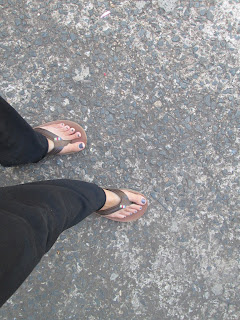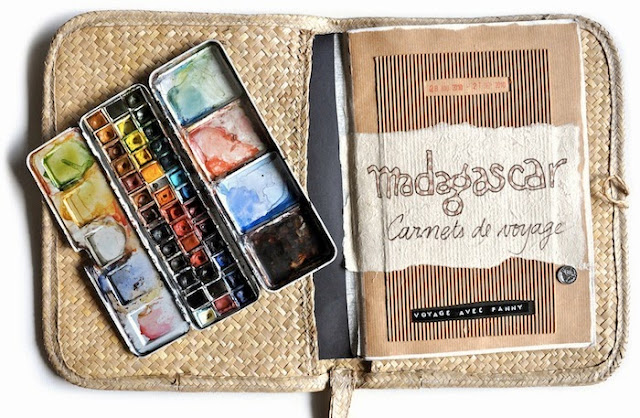Wycliffe - Bucket List Visit
On my bucket list is - Visit Wycliffe Bible Translation on the field. Why? Wycliffe was my first exposure to
missions. Both times I visited Wycliffe offices in the States I was on tour with my choir. The first time
was on high school in Pennsylvanian, the second time was in Florida in
college. Both times Wycliffe left an
impression on me.
In high school I was
amazed at some of the tribal languages in the world and then in college I got a
lesson on the similarities between languages.
Having seen the movie "Come by Here" (the story of a single missionary going to a
remote village to write down a people’s language for the first time, teach it
to them, and then later help them translate the Bible into their language) I have
always been fascinated by the process of Wycliffe and their mission to see the Bible
in every language and tongue.
In Kenya with a few down days, I thought this would be
a good opportunity to see Wycliff on the field.
With the Wycliffe office only 3.2 km from the AIM guest house I thought
I would walk.
As I sat down with a Kenyan women in the Bible Translation
and Language office I was curious how BTL related to Wycliffe. It seems Wycliffe is ahead of their time
because when they came into Kenya in 1981 rather than establishing their own headquarters
they started BTL as a Kenyan run business and trained Kenya to run it. Wycliffe still has offices in the building, but
the main ministry is run by Kenyans.
Amazing.
My first question was about the process of connecting with a
people group in order to write their language.
With so many aural people groups I wondered if preserving this way of
life was better than requiring a people group to have their language written
just so we could translate the Bible for them.
Thankfully, the answer I received was that often people groups hear
about the work of BTL and request their language
to be written down. Secondly, before
going into an area surveys are done to see if the people are interested, if there
is another written language they are already using or if they really are in need
of a written language. After determining
that a written language is needed Wycliffe partners with the people so that
they are the ones writing their own language down. Once the language is established a
school is started, not only to teach everyone the written language, but also to
begin educating the people, particularly the children.
After the language is learned people from the village help translate the Bible into their own language starting with Matthew. It is said that each time the book of Matthew
is brought in written form into a village the people celebrate with great enthusiasm
because they have their own language written down.
Surprisingly it takes 15 years to translate the new testament
in order to maintain the meaning while still keeping the translation true to
the way the people speak. Then it is
another 15 years for the old testament.
Can you imagine? 30 years to
translate the Bible and we can pick it up and read it in many different English
translations any time we want.
It was amazing to hear about Bible translation here in
Kenya. The exciting news is that
Wycliffe is also in Toliara. My leaders
said I can visit them when I return and watch as they work to translate the
Malagasy Bible into the dialects of the people I work with every day. Pretty cool.
Steps to Translation:
1. Survey an area – determining if a written language is wanted
and needed
2. Write the language down with the help of the people.
This
includes letter, words, means, and grammar.
3. Teach the written language to the people.
4. Translate materials including the book of Matthew with the
help of the people group.









Comments
Post a Comment